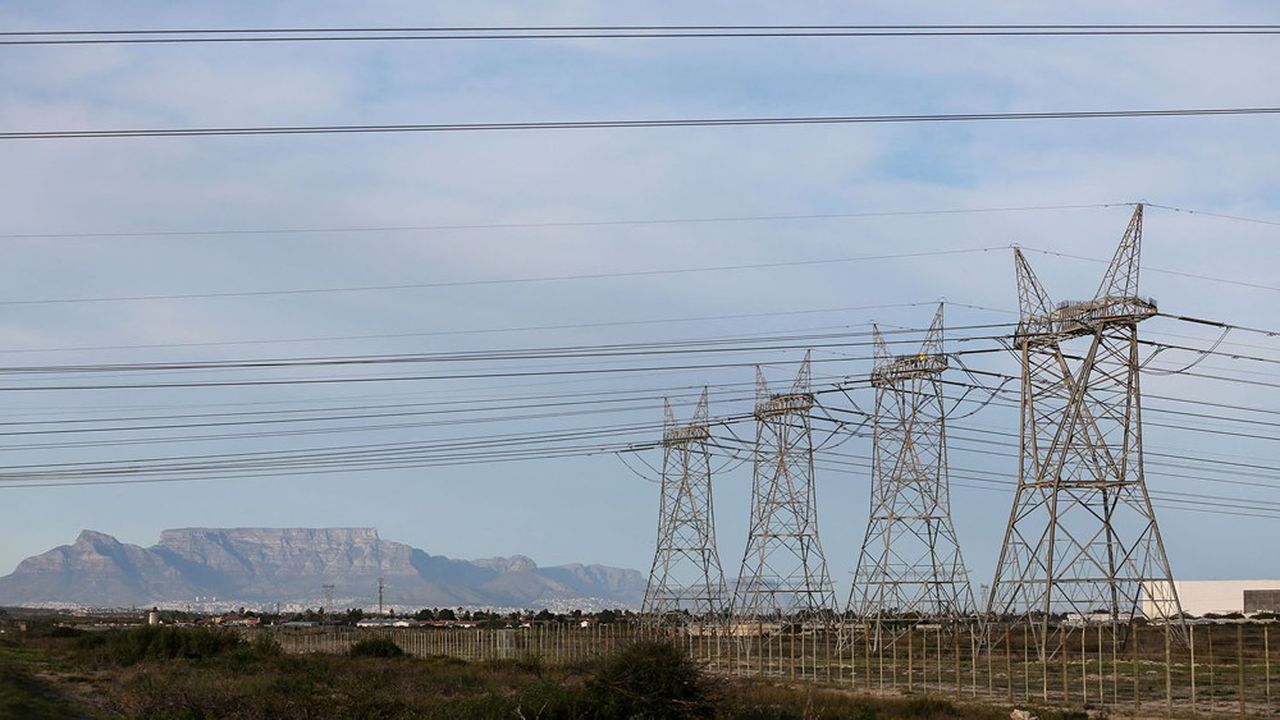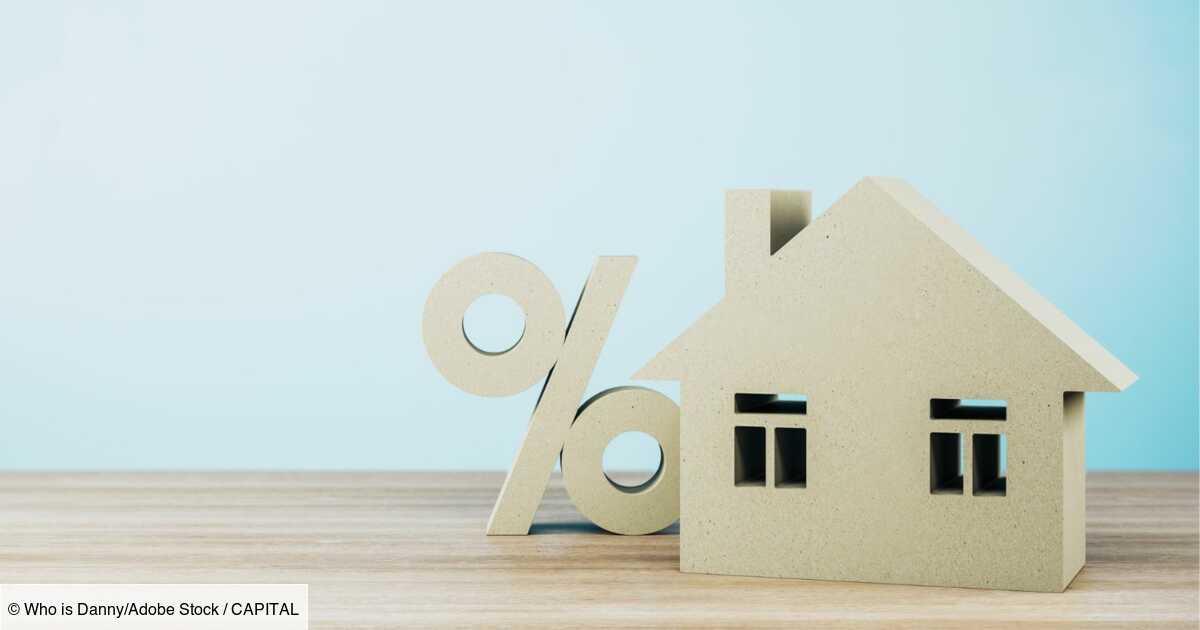
It seems a long time ago that economic and daily life in South Africa was punctuated by rotating power cuts. “The country has experienced more than 150 days without load shedding,” President Cyril Ramaphosa even rejoiced in his weekly letter on Monday.
That is almost six months, during which South Africans have no longer consulted their mobile application to know the hours without electricity. Good news also for growth, heavily penalized in recent years by the energy crisis, and which the IMF currently predicts below 1% in 2024. In the second quarter, GDP grew by 0.4%, an improvement compared to the stagnation recorded in the first, the national statistics institute announced on Tuesday.
Dan Marokane, head of the national electricity company Eskom, was also optimistic about the approaching southern summer: “If we keep the unplanned power losses below 13,000 gigawatts, then we should be able to avoid massive load shedding.” However, it is important not to declare victory too quickly: “We are keeping a cool head, and we must ensure that our projects succeed,” he added.
More reliable power plants
According to Sampson Mamphweli of the government agency South African National Energy Development Institute (Sanedi), this progress is the result of the implementation of the 2022 action plan, and in particular the improvement in the performance of the country’s power plants. “When the government launched its plan, the energy availability factor was in the 50% range. Today, it is between 61 and 71%.”
To achieve this, the state-owned company obtained a debt forgiveness from the South African government last year. “Eskom was spending a lot of money servicing its very heavy debt and could not free up funds to implement the action plan, and in particular to repair its coal-fired power stations to make them more reliable,” continues Sampson Mamphweli.
Also added are anti-corruption measures within Eskom and the overhaul of its management, as well as the increase in the number of South Africans who have turned to alternative sources of energy, notably solar.
More expensive electricity
However, other issues remain to be addressed, including equal access to energy. Eskom has been granted permission to increase its tariffs by nearly 13% this year, and is seeking a further increase of nearly 40% next year, according to documents leaked to the press.
Energy Minister Kgosientsho Ramokgopa knows what this would mean for the majority of the country: “People can no longer afford to buy electricity, it eats into their disposable income and it degrades their quality of life. So as a ministry, we cannot sit back and do nothing.”
In addition, even if there are no load sheddings at present, there are still very localised cuts, in order to reduce the load in areas that are experiencing overconsumption that the network cannot handle. These are mainly informal neighbourhoods, where illegal connections have been set up in order to access a source of energy.
Cuts in poor areas
“The blackouts affected everyone, but these localized outages only affect poor areas: townships, rural villages and shanty towns,” says researcher Trevor Ngwane of the University of Johannesburg, co-author of a study on “energy racism.” “This means that the poorest, working-class people are going to suffer more.”
Finally, in terms of the transition to cleaner energy, South Africa has not seen much progress since the announcement of a partnership with Western countries. Pretoria would even like to see the lifespan of its coal-fired power stations extended, in order to strengthen its energy security.







